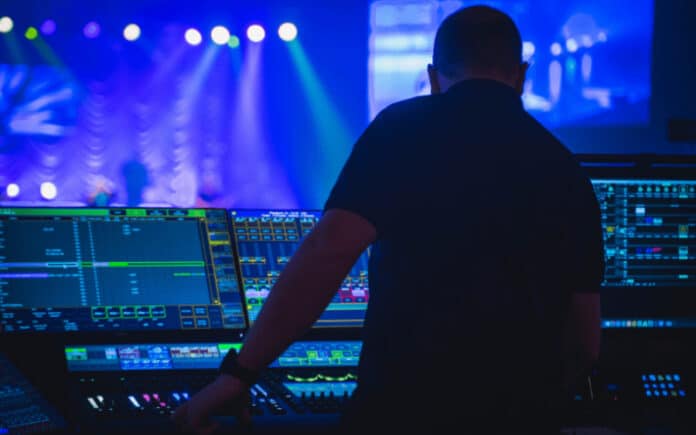
Mixing your music online can quickly be done with the right tools and know-how.
Various options are available to mix your audio online, but not all are equal. In this ultimate guide, we’ll walk you through everything you need about online audio mixing to get the perfect sound for your music.
Firstly, let’s talk about what online audio mixing is. This technique involves working with recorded tracks or songs in an online platform where editing and enhancing features will take place in post-production. It balances different sounds by adjusting volume, frequencies, panning, reverb levels, and other effects.
Before diving into how it’s done, it’s essential to know why artists may opt for online audio mixing over in-person studio mixing sessions.
The Benefits of Online Audio Mixing
Cost-effective: No doubt that recording sessions or live stage performances require professionally edited tracks but hiring a sound engineer or renting out a professional recording studio can dig deep into your pocket; however, many cost-effective alternatives are now available thanks to advances made possible by technology.
Accessibility – Remote Sessions: You do not need to be located together physically with colleagues who are working on different segments as long as each part is structured well and prepped before sending off for further editing
Collaborative efforts – being able to consult comments from collaborators in real-time – no more getting lost in translation!
Now let’s cover some essential technical aspects of this convenient service.
Choosing the Right Online Mixing Service
Not all services offered for audio mixing cater directly to every genre on earth; therefore, research which provider caters precisely to what fits best according to artist/band preference.
Subsequently, delve deeper when choosing which providers offer packages, including mastering . It is equally important because, without one’s quality, the output may become compromised due to inconsistent levels across devices except monitors designed for accurate hearing, even faint differences like that of headphones equipped with sophisticated sound drivers.
Working with an Online Mixing Engineer
Whether you are an experienced artist or a novice, working virtually has become the new normal, and communication channels must be kept open and transparent. To ensure your goals are met, your online mixing engineer should clearly know what type of sound you’re going for in the final cut.
When seeking professional services on platforms like Produce Like A Pro or SoundBetter, do not hesitate to check on their portfolio or feedback from previous clients; therefore, it is also important to note if they take into consideration certain requests such as specific frequency ranges, particular dynamics, etc., this way artists/bands can also gauge prowess capabilities when collaborating – A producer/engineer needs to understand the differentiation between his creativity flow versus client input in producing a project.
Preparing Your Tracks
Before sending out any tracks for editing purposes, there are a few things one needs to keep in mind:
– Ensure all instruments have been recorded properly according to recommended industry standards
– Minimize effects used when recording unless specifically using effects as part of the composition
– Label names correctly along every track title
– Submit separate tracks rather than consolidated audio files
Once the above has been checked, start uploading any necessary midi/audio data related to song structure and tempo since delivery may vary among different providers in various format sizes (WAV/AIFF/MP3)
Mixing Process– Guidelines
Here we’ll provide some fundamental insights as to how engineers and artists can work hand-in-hand effectively:
There is a common myth floating around stating “loudness contributes towards making output better” – however it couldn’t be further from the truth; An optimum level referred to as ‘master peak’ which regulates overall volume levels, helps retain clarity between relevant sounds/vocals, maintaining exclusivity and clarity in a mix.
Panning Is the distribution of frequencies throughout the stereo range. Commonly termed as ‘stereo imaging,’ this technique can be utilized in mono, stereo, and surround systems. It adds a dimension to the composition, emphasizing particular elements in the final mix.
Equalization involves mixing each track element with other sounds while maintaining a neat and transparent audio file experiencing minimal sound distortion. For example, if vocals are not given enough attention through EQ, they may get drowned out by other instruments.
Final Take
In conclusion, online audio mixing is a game changer for musicians striving towards achieving maximum output quality without breaking the bank balance. This article provides detailed guidelines covering basic technicalities, choosing the best sources for assistive services, and ensuring quality communication channels between collaborators – all done remotely – leading to better music production overall with modern-day conveniences available universally today.








